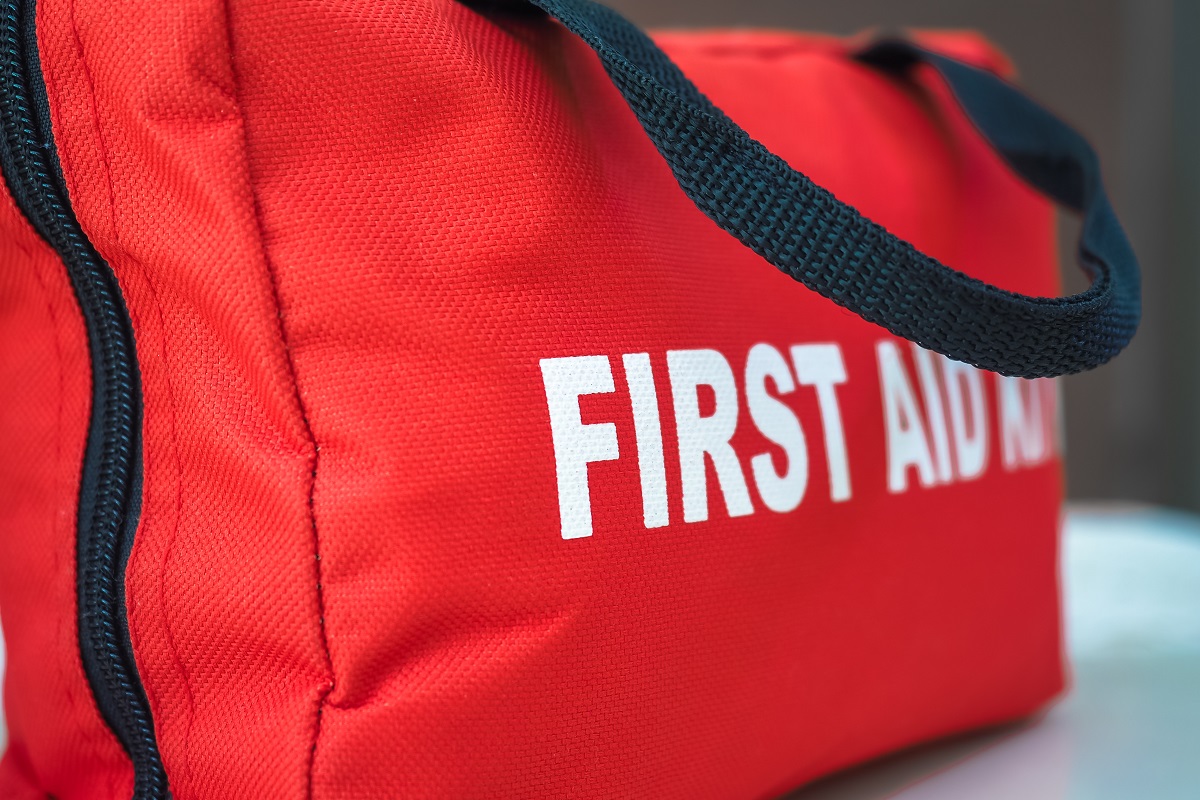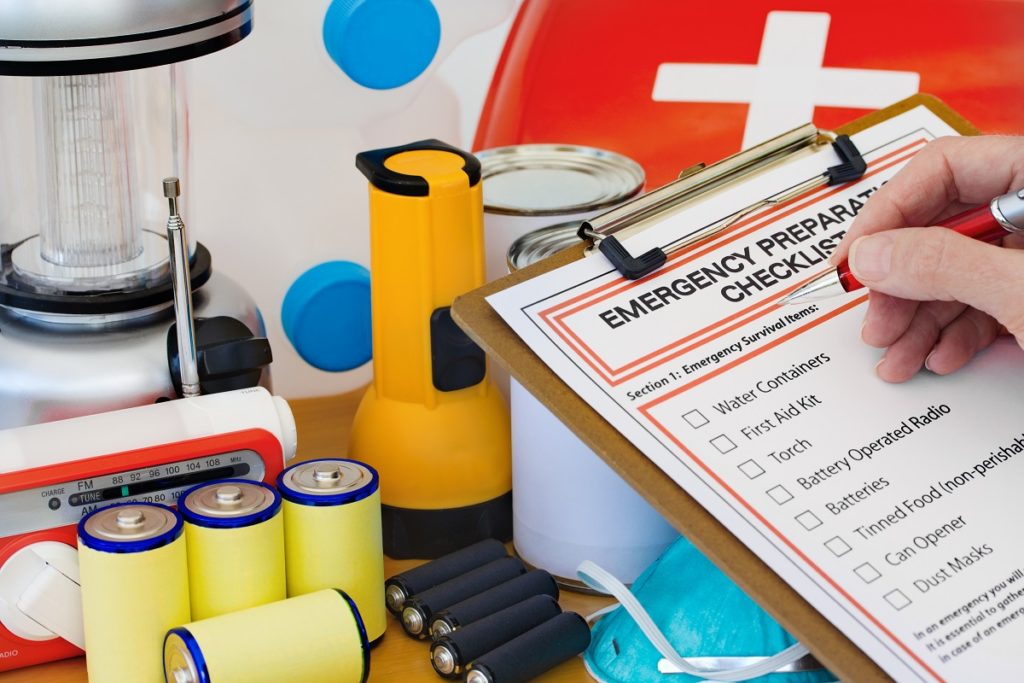There is no sure way of telling when a disaster will strike. As a result, confusion and chaos tend to follow. These present additional complications to an already difficult situation. Experts advise individuals and organizations to practice disaster preparedness to gain better insight into how to navigate the immediate aftermath of a disaster. Disaster preparedness refers to measures that are focused on reducing the negative impacts of a disaster. Its ultimate goal is to help you prepare for a crisis situation. One of the easiest ways to do this is to create a basic survival plan. This is your strategy in keeping cool and collected to help you survive the 72 hours following a disaster.
When creating a survival plan, there are some factors to keep in mind. Learning more about these will help you make a plan that suits your needs.
Get to know the risks you will face
Good disaster preparedness starts with knowing the risks that you will face. Some areas are more prone to flash floods, while others regularly experience earthquakes. Although both types of natural disasters are possible anywhere, their likelihood of happening where you are is dependent on the geographical area.
Pack your kit with essentials
A basic survival kit is packed with necessities, such as first-aid supplies, food, and water. It should also contain other emergency items, like a flashlight, sanitation, and personal hygiene items, a battery-powered radio, and a fully charged cellphone. For water, consider using three one-gallon containers.
For food, make sure to pack non-perishable items that will last you for three days. You can also choose to carry tools, such as an accurate reel fishing pole or a Swiss Army knife to help you find other food sources when you run out of packed meals.

Create a reconnection plan
During a disaster, there is a possibility that cell networks will stop working. By making a reconnection plan, you have a way to let your family and friends know your current status and location. It can be as simple as identifying a place where all of you can meet up after a disaster. Make sure it is accessible by foot in case one of you doesn’t have a car.
Familiarize yourself with your area’s evacuation plans
Each city has its own evacuation plan. Familiarize yourself with your area’s plan and its shelter options and locations. Doing so gives you a clearer idea of what to do when disaster strikes. Additionally, the shelter options give you places where you and your family and friends can meet up.
Sign up for emergency alerts
Most smartphones are programmed with an emergency alert system. This is typically synced with your area’s disaster communications plan. Most people tend to disable theirs because the alerts can be annoying. However, these are essential in finding out whether there’s an emergency near you.
Preparation is the key to keeping calm and staying safe during a disaster. Panicking will only make things worse. Consider these tips in building a plan that works for you and the people in your life.

